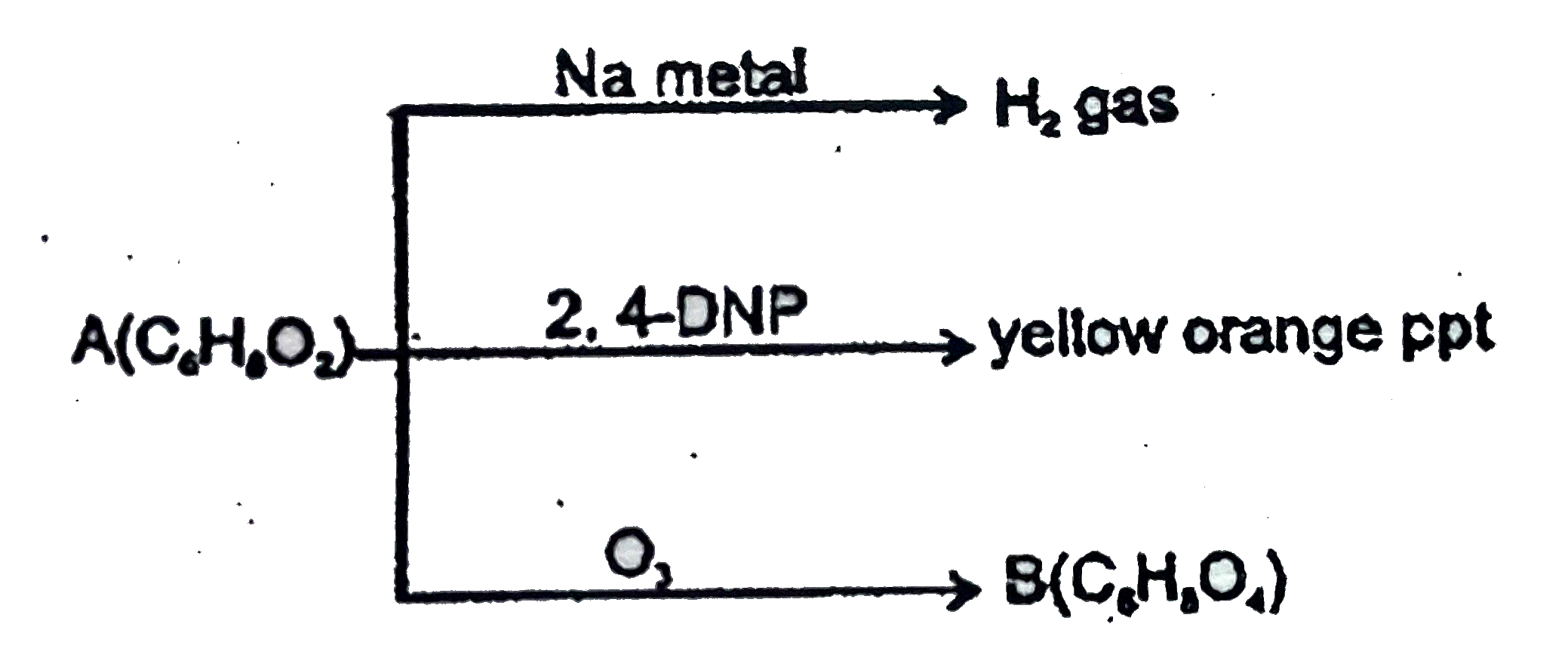Complete Solutions to Section-D of chapter STRUCTURAL IDENTIFICATION & PRACTICAL ORGANIC CHEMISTRY of Class 11 book with complete answers and questions
| Class 11 | CHEMISTRY |
| Chapter | STRUCTURAL IDENTIFICATION & PRACTICAL ORGANIC CHEMISTRY |
| RESONANCE NEW | Section-D |
| Number Of Questions | 13 |
| Academic Year | 2023-24 |
The group reagent for the test of alcohols is :
View SolutionThe following two compounds I and II can be distinguished by using reagent

(1)`Aq.NaHCO_3` , (2)Neutral `FeCl_3(aq.)(FeCl_3+NH_4OH+H_2O)`
(3)Blue litmus solution , (4)Na metal
(5)`HCl+ZnCl_2`(anhydrous)
View SolutionWhich of the following compound will not react with `l_(2)//OH^(-)`.
View SolutionA compound A gives following reactions.

Its structure can be
View SolutionAn organic compound `X (C_(4)H_(8)O_(2))` gives positive test with `NaOH` and Phenopthalein. Structure of `X` will be:
View SolutionWhich of the following compound will give smell of `NH_(3)` with conc. `NaOH`.
View SolutionWhich of the following will not give positive test with `CHCl_(3)//KOH`.
View SolutionA positive carbylamine test is shown by :
View SolutionThe Hinsberg's method is used for :
View SolutionMolisch reagent is used to identify following compound ?
View Solution
View SolutionWhich of the following would produce effervescence with sodium bicarbonate ?
View SolutionA compound is heated with zinc dust and ammonium chloride followed by addition of the Tollen's reagent. Formation of silver mirror indicates the presence of following group
View Solution
Section-D questions and complete solutions for chapter STRUCTURAL IDENTIFICATION & PRACTICAL ORGANIC CHEMISTRY of RESONANCE ENGLISH of Class 11
All Exercises from RESONANCE NEW Class 11 CHEMISTRY STRUCTURAL IDENTIFICATION & PRACTICAL ORGANIC CHEMISTRY
- Additional Exercise
- Additional theory
- APSP
- Comprehension
- Exercise-1 Subjective question
- Exercise-2 only one option correct
- Exercise-3
- Jee main
- Part-II
- Part-II Only one correct option type
- Part-II INTEGER
- Part-III
- Part-III Match the column
- Section -B
- Section(C)
- Section(D)
- Section-A
- Section-B
- Section-C
- Section-D
- Section-E
- SectionB